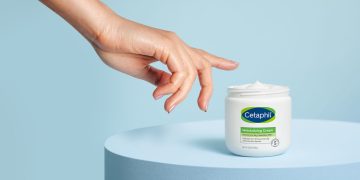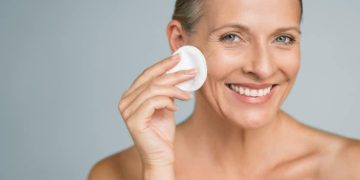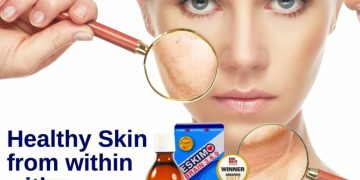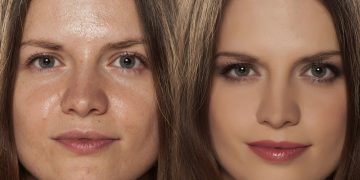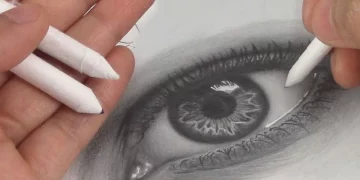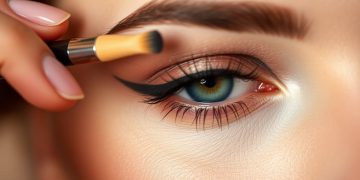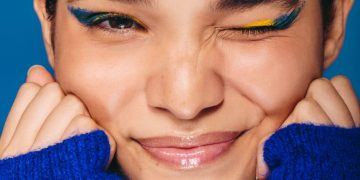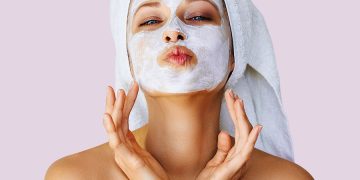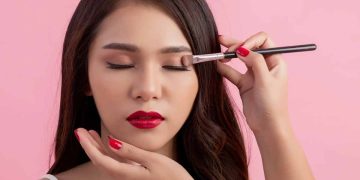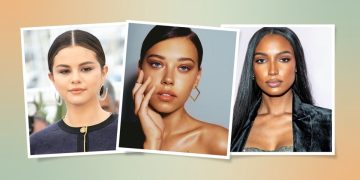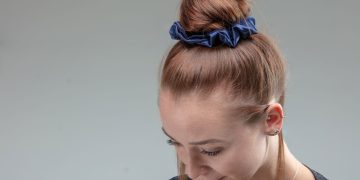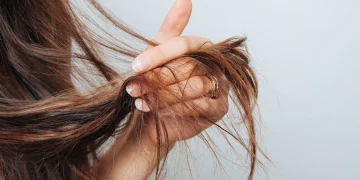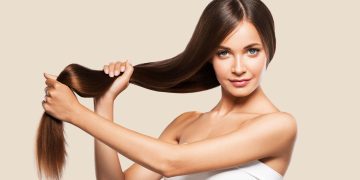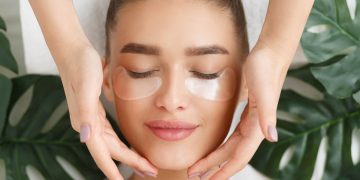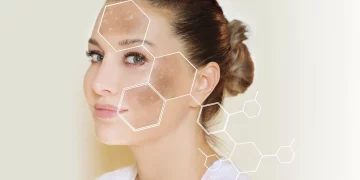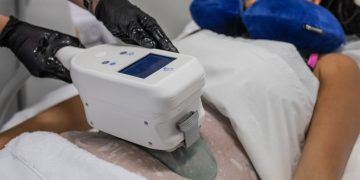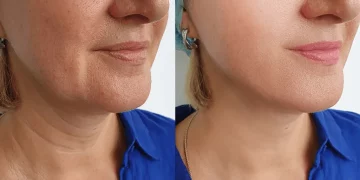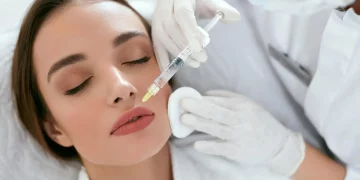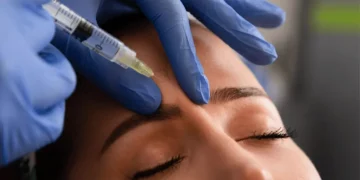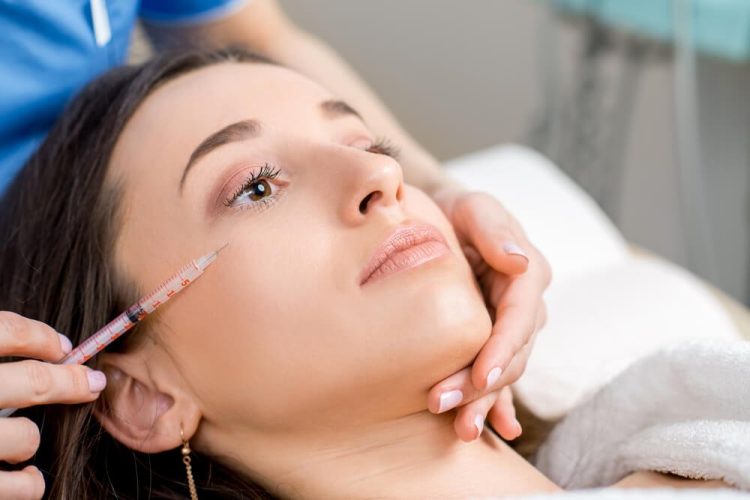Botox is a household name, often mentioned in discussions about beauty, aging, and cosmetic procedures. While its popularity has skyrocketed over the years, many still wonder about its true benefits, potential risks, and who it is best suited for. In this comprehensive guide, we will explore Botox in detail, from how it works and the principles behind its use to who makes an ideal candidate for treatment and what the possible side effects might be. Whether you’re considering Botox for the first time or simply want to know more about its intricacies, this article will provide you with all the necessary information to make an informed decision.
What Is Botox?
Botox, a brand name for botulinum toxin type A, is a protein produced by the bacterium Clostridium botulinum. While the bacterium can cause botulism, a rare form of food poisoning, when used in small, controlled doses, botulinum toxin has therapeutic and cosmetic applications. Botox works by temporarily blocking nerve signals in muscles, preventing them from contracting. This effect leads to smoother skin by reducing the appearance of wrinkles and fine lines.
In the medical world, Botox has been used since the 1980s to treat conditions like blepharospasm (uncontrollable blinking) and strabismus (crossed eyes). It was later discovered that Botox also had a profound effect on reducing wrinkles, leading to its widespread use in the cosmetic industry.
How Botox Works: The Science Behind the Treatment
Botox works by targeting the neuromuscular junction—the site where nerve cells communicate with muscle cells. Normally, when the brain sends a signal to a muscle to contract, the nerve releases acetylcholine, which binds to receptors on the muscle, causing it to contract. Botox interferes with this process by blocking the release of acetylcholine, which in turn prevents the muscle from contracting.
The inability of the muscle to contract reduces the appearance of dynamic wrinkles, which are wrinkles formed from repeated facial expressions. For example, frown lines, crow’s feet, and forehead lines are all caused by the repeated movement of facial muscles over time. By relaxing these muscles, Botox smooths out the skin and gives the face a more youthful appearance.
Common Uses of Botox in Cosmetic Procedures
Botox is most commonly used for aesthetic purposes, with the following areas being the most popular for treatment:
Forehead Lines
Forehead lines are one of the most noticeable signs of aging. Botox can relax the muscles in the forehead, smoothing out these horizontal lines. For individuals with deep forehead creases, Botox can provide significant improvement.
Frown Lines
Also known as “11 lines” because they resemble two vertical lines between the eyebrows, frown lines are another common target for Botox. These lines are typically caused by the repeated furrowing of the brow. Botox can relax these muscles, softening the appearance of frown lines and creating a more relaxed, open look.
Crow’s Feet
Crow’s feet, the fine lines that form around the outer corners of the eyes, are another area where Botox can work wonders. By relaxing the muscles that create these lines, Botox helps to reduce their visibility, giving the eyes a more youthful and refreshed appearance.
Bunny Lines
Bunny lines are small wrinkles that form on the nose when a person scrunches their face, often when smiling or laughing. Botox can be used to smooth these lines, resulting in a more relaxed and even appearance.
Neck Bands
As we age, the muscles in the neck can become more pronounced, leading to visible neck bands or “turkey neck.” Botox can be injected into these muscles, reducing their visibility and giving the neck area a smoother, more youthful appearance.
Chin Dimpling
Some individuals experience dimpling in the chin, often referred to as “orange peel” skin. Botox can be used to relax the chin muscles and smooth out this area, creating a more even, youthful chin contour.
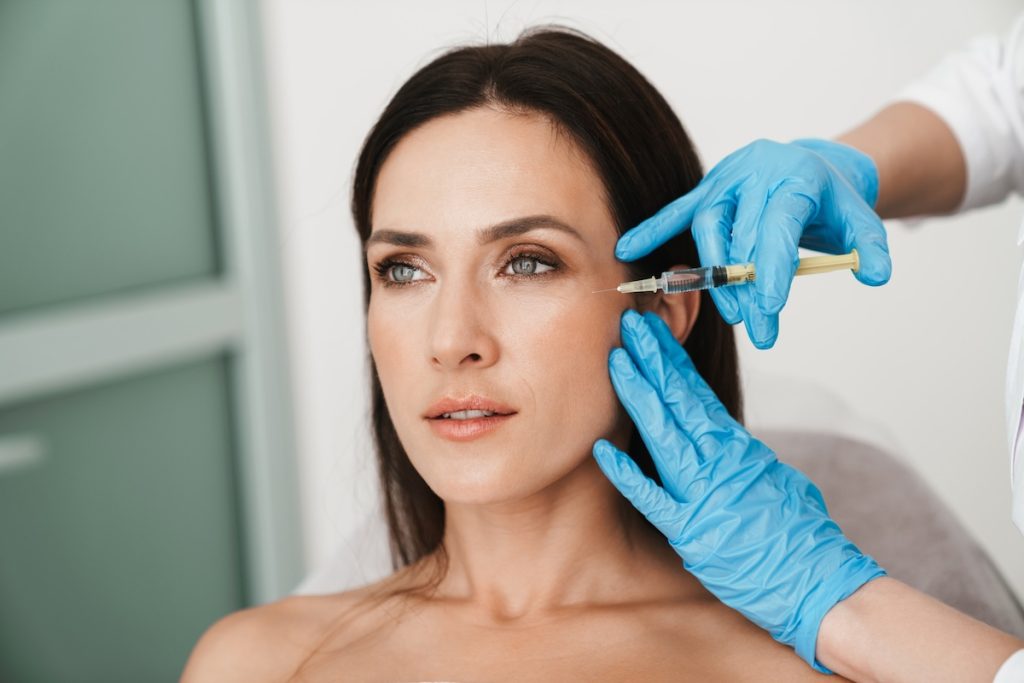
Ideal Candidates for Botox
Botox is generally safe for most individuals, but like any cosmetic procedure, there are certain factors that determine whether someone is a good candidate for treatment. Ideal candidates for Botox include:
- Adults Aged 18-65: Botox is approved for use in adults, and most individuals between 18 and 65 are suitable candidates. The treatment is generally safe for both men and women, although men may need a higher dose due to stronger facial muscles.
- Those with Dynamic Wrinkles: Botox is most effective for treating dynamic wrinkles, which are caused by muscle movement. If your wrinkles are deep and static (i.e., visible even when your face is at rest), Botox may not be as effective, and other treatments like dermal fillers may be more appropriate.
- Individuals in Good Health: Ideal candidates should be in overall good health. Botox may not be suitable for those with certain medical conditions, including neuromuscular disorders or allergies to botulinum toxin.
- Those Seeking Subtle Improvements: Botox is best for those looking for subtle, natural-looking improvements. It’s not meant for dramatic transformations but rather for enhancing one’s appearance by smoothing out wrinkles and preventing new ones from forming.
- Non-Smokers: Smoking can impair circulation and reduce the skin’s ability to heal. Non-smokers typically see better results from Botox and have a lower risk of complications.
Botox Treatment Procedure
The Botox treatment procedure is relatively quick and minimally invasive. Here’s what you can expect during a typical Botox session:
- Consultation: Before the procedure, you will have a consultation with a licensed medical professional, such as a dermatologist or plastic surgeon. During this consultation, the practitioner will assess your facial anatomy, discuss your goals, and determine the areas where Botox will be injected.
- Preparation: The treatment area will be cleansed to remove any dirt, oil, or makeup. In most cases, a topical numbing cream is applied to reduce discomfort, though Botox injections are typically not very painful.
- Injection: Using a fine needle, the practitioner will inject small amounts of Botox into the targeted muscles. The number of injections required will depend on the size and number of treatment areas.
- Post-Treatment Care: After the procedure, you can typically resume your normal activities right away. However, it’s advised to avoid lying down or massaging the treated area for a few hours. Some swelling or bruising may occur, but this usually subsides within a day or two.
Potential Side Effects of Botox
While Botox is generally considered safe, there are some potential side effects to be aware of. These side effects are usually mild and temporary, but they can include:
- Bruising: Mild bruising at the injection site is one of the most common side effects of Botox. This can usually be covered with makeup and fades within a few days.
- Headache: Some individuals experience a mild headache after Botox injections. This is typically short-lived and resolves within a few hours.
- Drooping Eyelids: In rare cases, Botox can cause the eyelids to droop, known as ptosis. This side effect usually resolves within a few weeks but can be concerning for some individuals.
- Redness and Swelling: Some redness or swelling at the injection site is common, but it typically subsides within a few hours.
- Allergic Reactions: Though rare, some individuals may experience an allergic reaction to Botox, including itching, rash, or difficulty breathing. If any severe reactions occur, medical attention should be sought immediately.
The Results: How Long Do They Last?
The effects of Botox are not permanent. On average, Botox lasts for three to six months, depending on the area treated and the individual’s response to the toxin. Over time, the muscles gradually regain their ability to contract, and the wrinkles may start to reappear. Many individuals opt for touch-up treatments to maintain the smooth, youthful look.
Is Botox Right for You?
Botox can be a great option for those looking to reduce the appearance of wrinkles and achieve a more youthful appearance. However, it’s important to understand that Botox is not a one-size-fits-all solution. It’s crucial to have realistic expectations and be aware of the potential risks and side effects. Consulting with a qualified, experienced professional is key to ensuring that Botox is the right choice for your individual needs and goals.
If you’re ready to embrace Botox as part of your anti-aging or cosmetic regimen, make sure to find a reputable clinic with certified practitioners who can provide personalized treatment and guidance throughout the process.
Conclusion
Botox is a safe and effective treatment for reducing wrinkles and preventing signs of aging. Whether you’re considering Botox for the first time or looking to refresh your previous treatment, understanding its principles, benefits, and potential side effects is essential. By choosing a licensed professional and carefully considering your needs, you can enjoy the many benefits that Botox has to offer.

